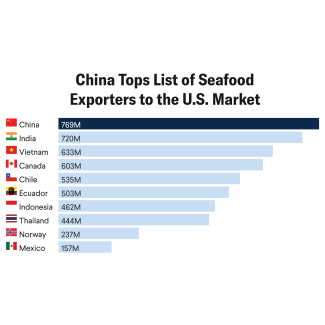While waiting for hours in a long line to receive treatment for her diabetes at the Lagos State University Teaching Hospital in Ikeja, Nigeria, Gladys Oghenekevwe explained that insulin and other diabetes drugs have been difficult to access during the COVID-19 pandemic due to higher costs and lack of health-care services.
During a COVID-19 lockdown, she said, "insulin became 'gold.'" Her older sister, who also had diabetes, died during the pandemic after developing complications exacerbated by a shortage of medicines and treatments such as insulin.
People living with noncommunicable diseases that require access to ongoing treatment are disproportionately affected by unpredictable events, such as natural disasters, political unrest, and economic recessions. These circumstances can make treatment difficult to access and to afford. While the effects of these "shocks" are often contained to a single location or region, the COVID-19 pandemic has been a long-term, global shock that has stymied access to insulin and dialysis treatment worldwide. These disruptions have put millions of people at risk for severe complications and premature death.
During a COVID-19 lockdown, "insulin became 'gold'"
Approximately 55 million people worldwide require insulin and 2.7 million depend on dialysis; with some requiring both. The total number of people needing insulin and/or dialysis is roughly equivalent to the population of Kenya, the twenty-sixth most populated country in the world. This number includes all people living with Type 1 diabetes and a portion of people living with Type 2 diabetes—an estimated 7.5 percent— who need daily insulin injections to manage their blood sugar levels. It also includes individuals living with end-stage renal disease, the most severe stage of chronic kidney disease, who are using long-term dialysis, a machine-based blood filtration treatment, to survive.
COVID-19 caused shortages in medical supplies; when countries restricted international transport, it disrupted global supply chains. For example, in Mumbai, India, as the pandemic progressed and a second wave hit, nephrologist Mayuri Trivedi observed that the closure and collapse of transport services caused shortages of dialysis consumables and personal protective equipment. As a result, "patients were left without support and struggled to find appointments in COVID-19-dialysis facilities, which led to many missed dialysis sessions," Trivedi noted last June in a Nature Reviews Nephrology article.
The insulin supply chain is particularly vulnerable due to its cold-chain requirements and non-competitive market structure, where three multinational companies based in Denmark, France, and Germany control 99 percent of the insulin market. This structure results in many low- and middle-income countries lacking local insulin manufacturing—60 of which are dependent on only one country for imported insulin. Even in low- and middle-income countries that do manufacture insulin locally, such as India, insulin availability in local pharmacies remains low due to high prices and the export of locally manufactured insulin.
The implementation of local lockdowns and border closures to reduce travel and contain the spread of COVID-19 has also limited insulin and dialysis accessibility. For example, in the United States, Travis Paulson, who has Type 1 diabetes, used to cross the border into Canada to purchase his insulin for $25 a bottle. However, the closing of the US-Canada border during the pandemic forced Paulson to pay about $400 per bottle and ration supplies. Rationing insulin can increase the risk of complications, such as nerve damage (which can lead to amputation) and vision problems, and premature death from poor control of high blood sugar.
The implementation of local lockdowns and border closures has limited insulin and dialysis accessibility
Loss of income and loss of health insurance during the COVID-19 pandemic has also put people living with diabetes and chronic kidney disease at risk of missing lifesaving medications and care. In the United States, according to a December 2020 survey from the American Diabetes Association, 15 percent of respondents living with diabetes stated that they have had to delay refilling necessary supplies, including insulin or glucose monitoring devices, often due to financial constraints, like disruptions to health insurance coverage, during the pandemic. And in Nigeria, where the majority of individuals pay out-of-pocket for dialysis, the accessibility and affordability of this treatment was greatly reduced due to total lockdowns that limited people's ability to work and earn a living.
As we enter the third year of the pandemic, efforts to increase affordable and reliable access to essential treatments are critical in order to avoid complications and premature death among people living with chronic kidney disease and diabetes. Shifts to promote at-home dialysis and mail-order insulin delivery during the COVID-19 pandemic have worked to improve reliable accessibility, but only for those who can afford such services and who live in places where these options are available. To ensure health security for all individuals who depend on ongoing treatment, more must be done to expand accessibility through flexible and innovative solutions.
ACKNOWLEDGEMENTS: The authors would like to thank Katherine Leach-Kemon for her support on the article, and Katia Lucas for her fact-checking assistance.
EDITOR'S NOTE: The authors are employed by the University of Washington's Institute for Health Metrics and Evaluation (IHME), which leads the Global Burden of Disease study described in this article. IHME collaborates with the Council on Foreign Relations on Think Global Health. All statements and views expressed in this article are solely those of the individual authors and are not necessarily shared by their institution.




